SESSION 7B
The Family of Note-Lengths
Note Bodies and Heads
In music notation musicians don’t show the body-length of the notes they only need to use their note-heads.
The players know by the heads which notes are for long sounds and which notes are for shorter sounds.
Notes with Faces: could represent a family
A Grandparent in a family has lived the longest time.
A whole note or semi-breve could represent a Grandparent.
A Parent has lived the next longest.
A 1/2 note or minim could represent a parent.
A Teenager in a family is the next longest-lived.
A 1/4 note or crotchet could represent a Teenager.
A Child has lived a short time.
A 1/8 note or quaver could represent a child.
A Baby has lived for the shortest time.
A 1/16 note or semi-quaver could represent a baby.
An Explanation of Breve & Semi-Breve
Semi-means ‘half’ and as a semi-quaver is half as long as a quaver that makes sense.
Why is a whole-note called a semi-breve?
Because there is a double note which is twice as long as a whole note.
A double note is also called a breve.
To draw it as a long line on this page it will have to bend around.
It would be impossible to fit on written pages of music as one long line.
In the note family because the breves last for the longest time, they would be like Great-grandparents in a human family.
Not many people have living Great Grandparents today.
Not many composers use breves in today’s music.
You may never see a breve in the written music you use.
And now you know why a double-note is called a semi-breve.
A breve (double -note) could look like this as a family face.
Musicians gave the breve a head with this shape.
Maths in Music
Both Mathematics (Maths) and Music are subjects that use equality.
Equality means things can be worth the same as each other although they look different.
Maths works with large and small numbers and equality.
Music works with long and short sounds and equality.
In Maths, numbers are added together to equal another number.
6 + 1 = 7 4 + 3 = 7
In Music, sound lengths are added together.
Groups of notes can equal other groups of notes, or a group of notes can equal a single longer note.
Four 1/4 notes = 1 whole note
Eight 1/8 notes = 2 half-notes
2 beat note + another 2 beat note = a 4 beat note
minim+ minim = semi-breve
Maths divides numbers and things into parts called fractions.
Two equal parts are halves –1/2 ’s.
Four equal parts are quarters –1/4’s.
Music uses fractions to show that a long note-sound cut into two equal parts makes two shorter sounds.
In some countries fraction names are used to name the symbols for long and short sounds, they have become the note-names.
half-note
quarter-note
eighth-note
sixteenth-note
Maths is used to measure things in the world.
Music measures beats into bars of music.
